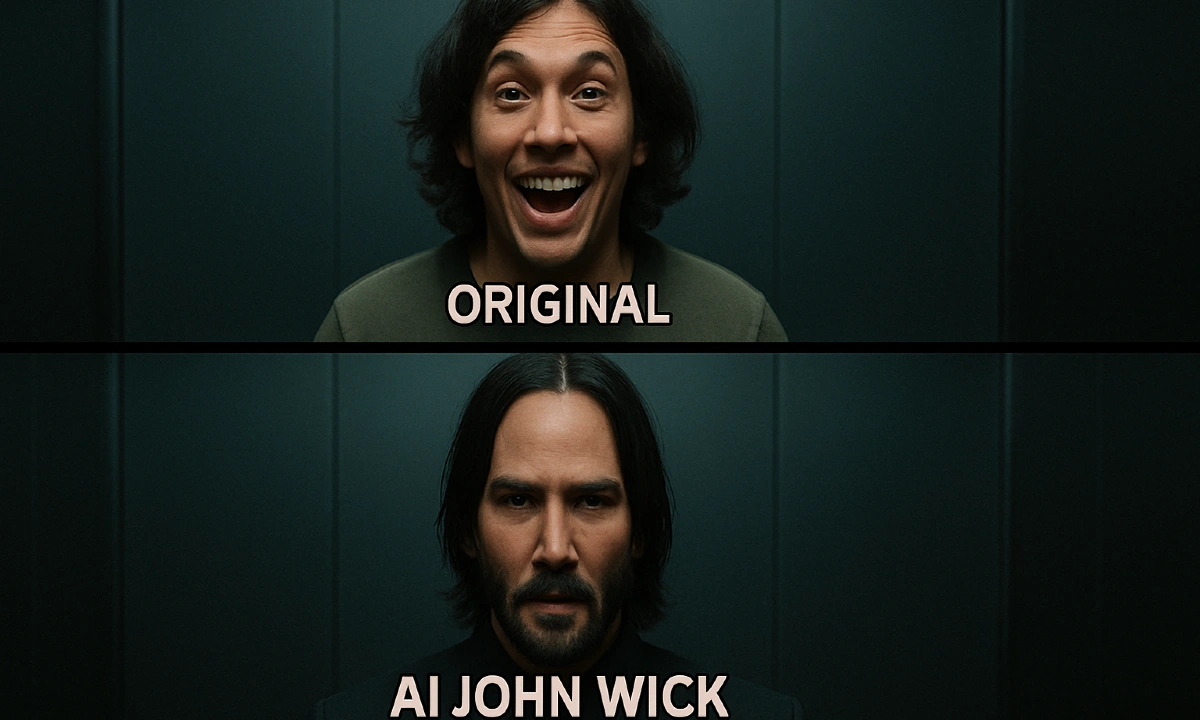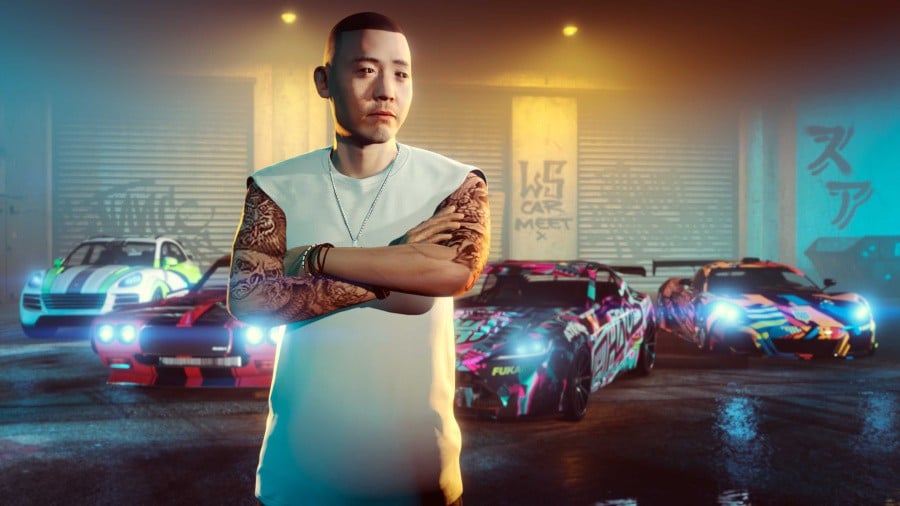‘Conceptual Opera’ After Us Breaks Game Design Rules By Introducing Emotions

We like to say that our teams at Piccolo Studio “craft” games. We’re convinced that video games are the most powerful medium to tell a story – and as game directors, Jordi Ministral and I enjoy telling them through what makes this medium special: gameplay.
We released Arise: A Simple Story three years ago and, together with Private Division, tomorrow on May 23 we are launching our newest game, After Us.
Arise: A Simple Story was a tender lullaby, playing with time mechanics to explore the memories of a recently deceased elderly man. Now, building on practical experience, After Us is closer to a conceptual opera. It’s a story about legacy and hope, through epic and atmospheric landscapes. It narrates the story of Gaia, a small nymph. She explores a metaphorical, surrealistic version of our Earth – where humans have spoiled all life forms – in a quest to save the souls of extinct animals.

Because of our game design process, it is hard to fit After Us in a particular genre. It is a mix of platforming, puzzle-solving, and action. But the individual nature of these elements and how they are put together sit far from genre conventions.
“It is intentional. The way we design games, at the top there are the feelings and emotions we want to portray. As we go down into execution, we find game mechanics that emphasize them. Then we place them in an organic world designed from an artistic perspective, and we spend hours and hours fine-tuning it all until everything blends together well”, says Jordi.
Sometimes, and it happens more often than we think with video games, the potion we’ve concocted doesn’t work and you must start over from scratch. But most of the time, it does, and here at Piccolo we strive to come up with ideas that defy the traditional rules of game design.
The Whale Hunt Case Study

Let’s take an example! Gaia’s goal is to save the souls of the last extinct animals, among which is a majestic humpback whale. We want players to feel what this whale might have felt in her very last moments. To feel hunted. To do so, we place the action on the seabed of a dried-up ocean. There are remnants of massive, rusty oil ships scattered on the ground and above, floating in the air. Gaia is surrounded by patches of toxic oil corrupting the seabed. She starts running. Giant harpoons then begin to strike down from the sky, targeting Gaia as she approaches them. A sheer sense of panic ensues.
Conventional design would clearly define when the harpoons are triggered, how they attack and what you can do to avoid them. “This is what games are based on, but this is not how a whale feels when being hunted. She doesn’t understand what’s happening. Harpoons keep hurling themselves at her while Gaia runs and jumps. Danger isn’t something she can control or predict!”, explains Jordi.
Indeed, we intentionally blurred the way harpoons are triggered, how they move and attack. There isn’t a clear pattern to avoid them. Sometimes, you don’t see them coming. And yes, sometimes they kill the player without them fully understanding what happened. We know this raises a lot of red flags in traditional design, but if you do it with care, it works. When it does, it’s so much more powerful than any traditional approach. Because through the (apparent) lack of clear rules, players feel what they would maybe feel in such a situation.
We like to draw inspiration from other media, like movies, novels, or comic books. So, for this “scene”, we took as reference the famous final scene from Akira Kurosawa’s Throne of Blood, where a lonely character is being shot with arrows by a huge army. We wanted to recreate the same somber sensation of unavoidable hazards, unpredictable impacts, and the nerve-wracking pace of the attacks.
Emotional Instead of Mechanical Rewards

But it’s not only about hazards, enemies, or specific scenes. We defy traditional game design in a broader sense: the game doesn’t yield mechanical rewards to players, but emotional ones.
After Us features 8 main animal souls that you must find and rescue, but there are an additional 100 “optional” souls that you can free. When rescuing an animal’s soul, instances of that species populate and liven up the world. Freeing a soul involves exploring the mysterious world of After Us, singing to find where it is hidden, or solving environmental puzzles.
But freeing them gives you nothing from a mechanical point of view. “No points, no powers, no XP. The reward of freeing an animal soul is… freeing an animal soul! And experiencing a world full of animals wandering around,” Jordi states with a smile.
To us, and hopefully for a lot of players, this design works. After all, what better kind of reward is there than an emotional one?
After Us will be released on May 23 for Xbox Series X|S.




